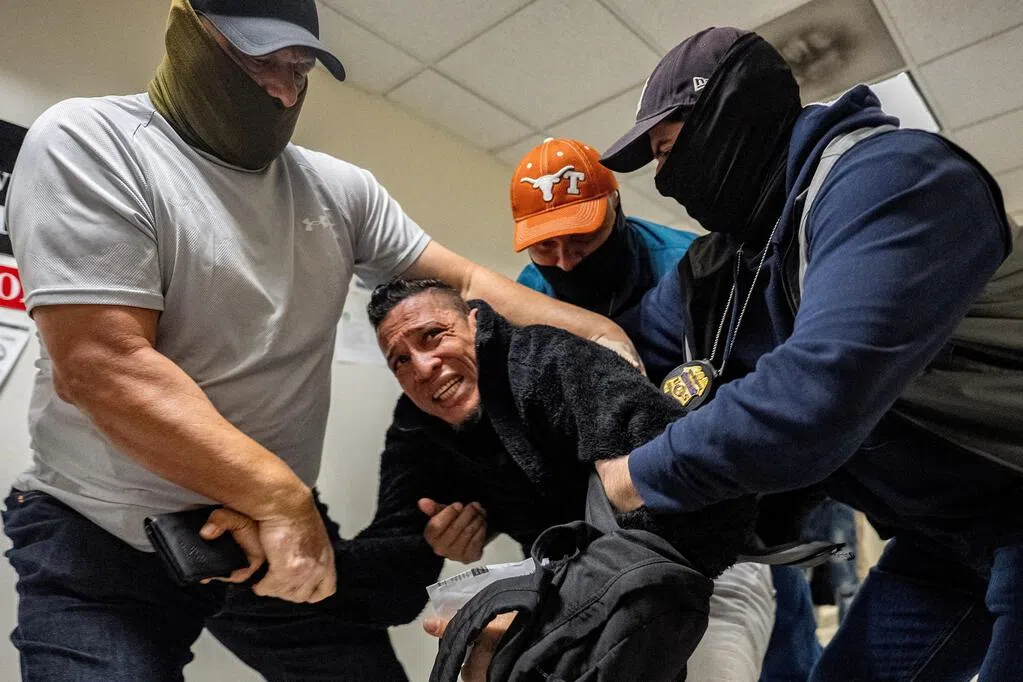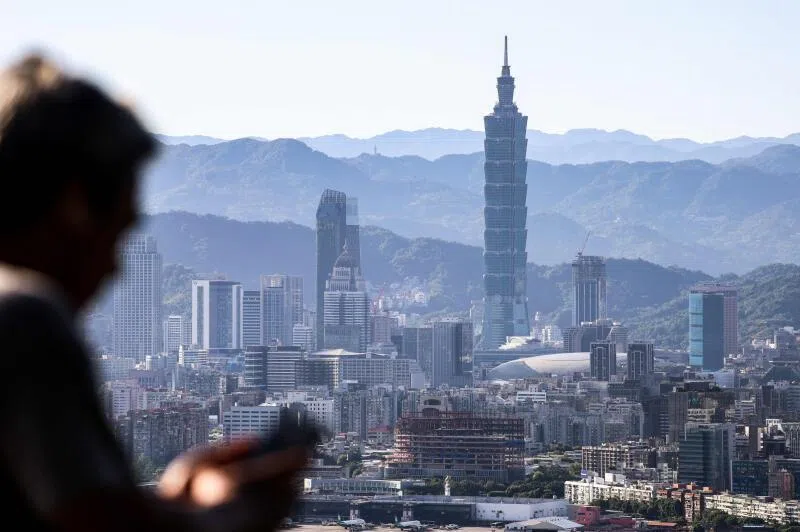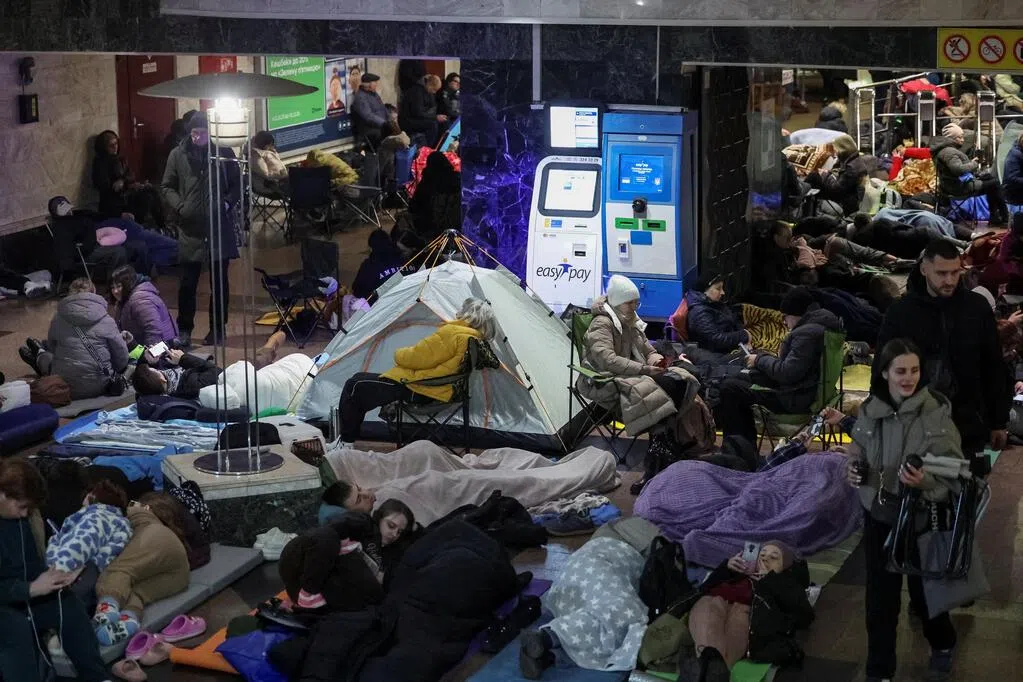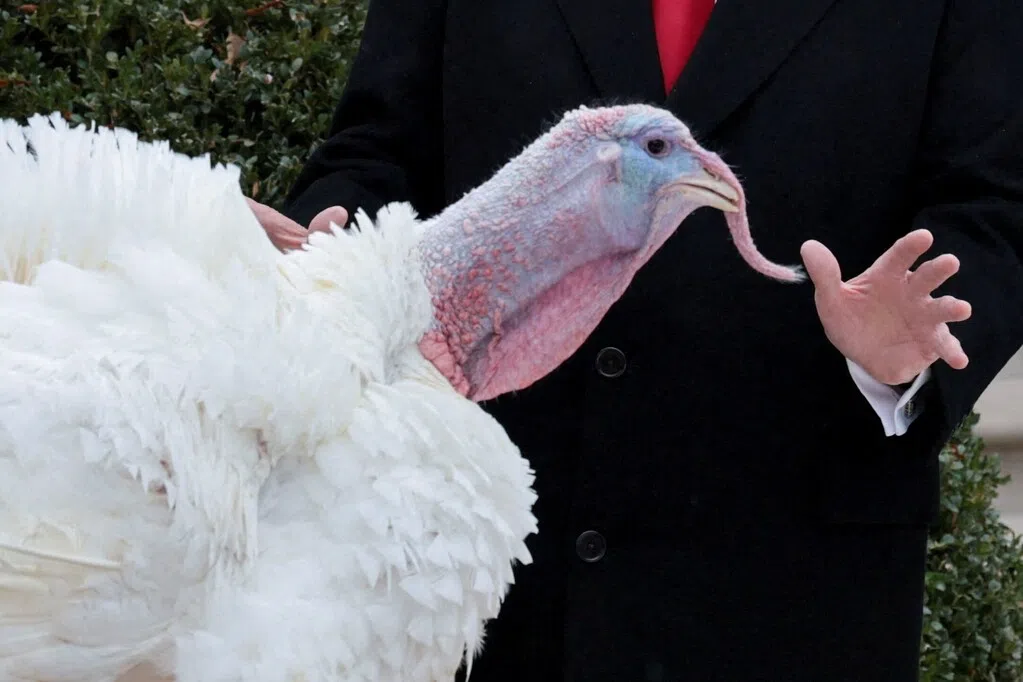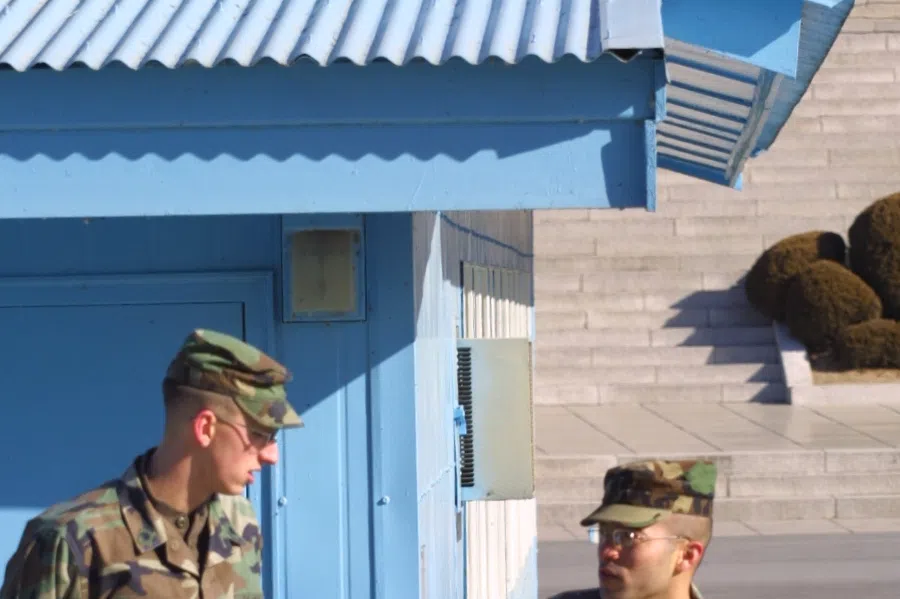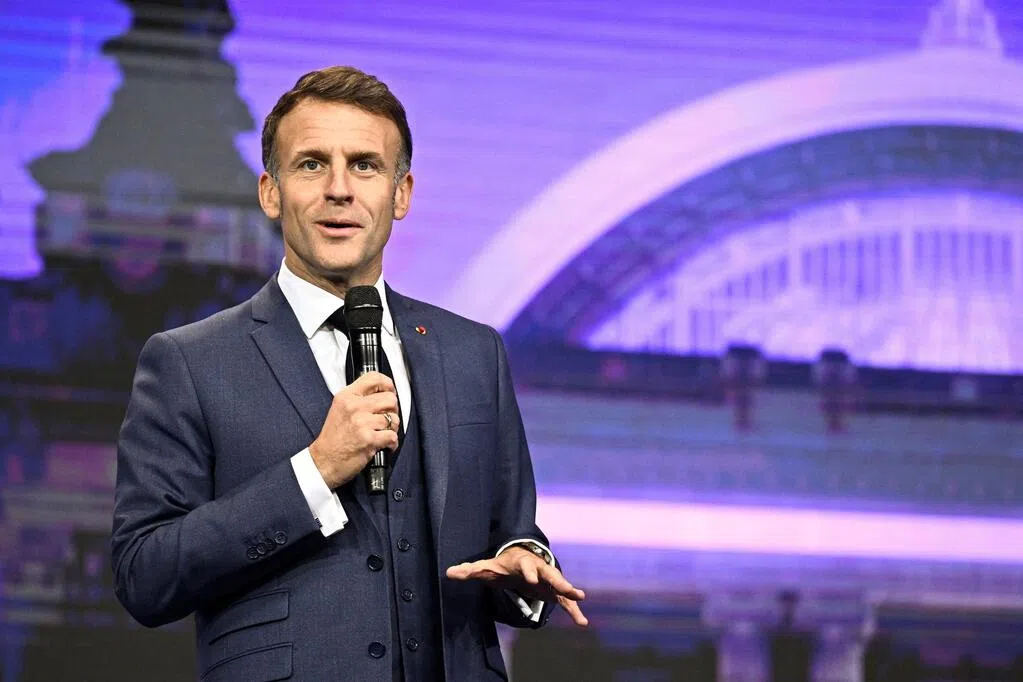(Seoul) U.S. War Secretary John Hergese said the U.S. would consider allowing U.S. troops stationed in South Korea greater flexibility to respond to regional threats beyond the Korean Peninsula, but the core objective of the U.S.-South Korea alliance remains containing North Korea's nuclear threat.
Hergese made the remarks on Tuesday (November 4) during the 57th U.S.-South Korea Security Consultative Meeting with South Korean Defense Minister Ahn Gyu-baek in Seoul.
When asked by reporters whether the 28,500 U.S. troops stationed in South Korea could be used in any conflict outside the Korean Peninsula, including conflicts with China in the Taiwan Strait or the South China Sea, Hergese said the goal of the U.S.-South Korea alliance is to contain a nuclear-armed North Korea, "but there is no doubt that flexibility in responding to regional incidents is an issue we will discuss."
As the U.S. strengthens coordination with its allies throughout the Indo-Pacific region to contain China, Washington officials have previously stated that the role of U.S. troops in South Korea should evolve from purely containing North Korea to being flexibly deployed beyond the Korean Peninsula to address broader threats, such as defending Taiwan and containing China's military expansion.
Despite South Korea's consistent resistance to any perceived change in the role of its military presence, it has continuously expanded its defense capabilities over the past 20 years, aiming to possess sufficient military strength to jointly confront the US military in the event of war. South Korea currently has 450,000 troops.
Further Reading

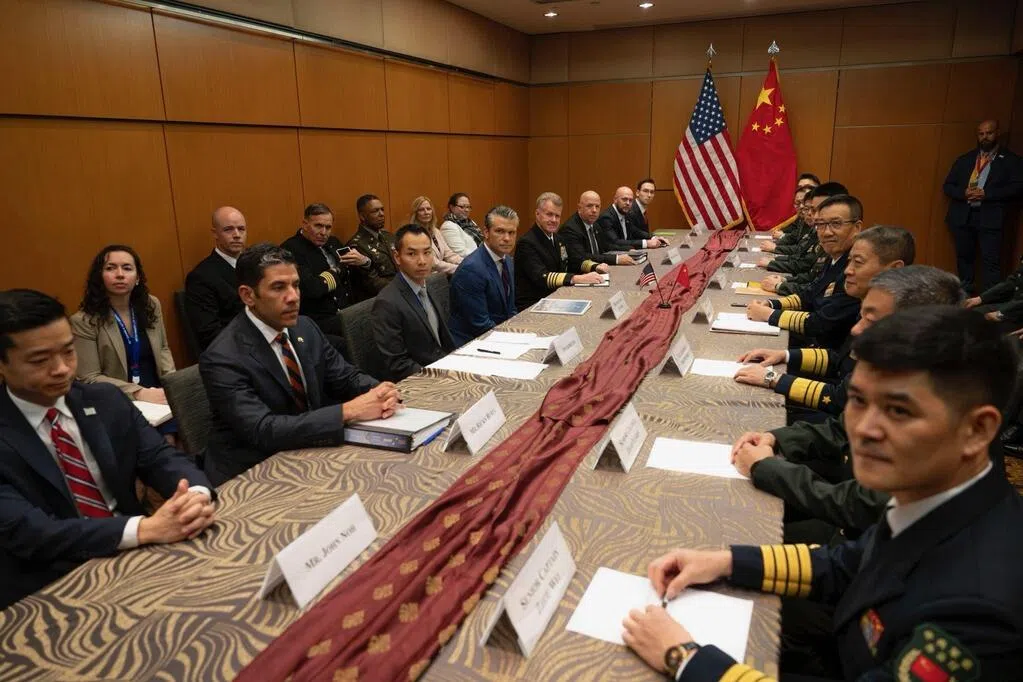
Hergész revealed that the US and South Korea are still discussing issuing a joint communiqué, which is expected to cover defense spending and other issues. He also praised South Korea's increased military spending, including investment in missile defense and space capabilities, and revealed that the two countries will advance cooperation in defense technology research.
The two countries also agreed that South Korea would be responsible for the maintenance of US warships, allowing these ships to remain stationed locally and be ready for deployment.
Regarding US President Trump's decision to support South Korea's construction of nuclear submarines, Hergész declined to disclose which specific plans Trump approved, only saying that "Trump wants allies to have the best defense capabilities."
South Korean officials previously revealed that Seoul could launch nuclear submarines by the mid-2030s if the US provides nuclear fuel. When asked whether South Korea would seek to build nuclear weapons, Anguiber denied it.
Pyongyang Fires Rockets Before US and South Korean Defense Ministers Visit Inter-Korean Border
The South Korean military stated on Tuesday that North Korea fired at least 10 rockets into the northern waters of the West Sea an hour before Hergész and Anguiber inspected the Joint Security Area at Panmunjom on the inter-Korean border the day before. This marks the first visit to Panmunjom by the defense ministers of the United States and South Korea in eight years.
Last week, Pyongyang also launched similar rocket attacks ahead of the meeting between South Korean President Lee Jae-myung and Chinese President Xi Jinping.

